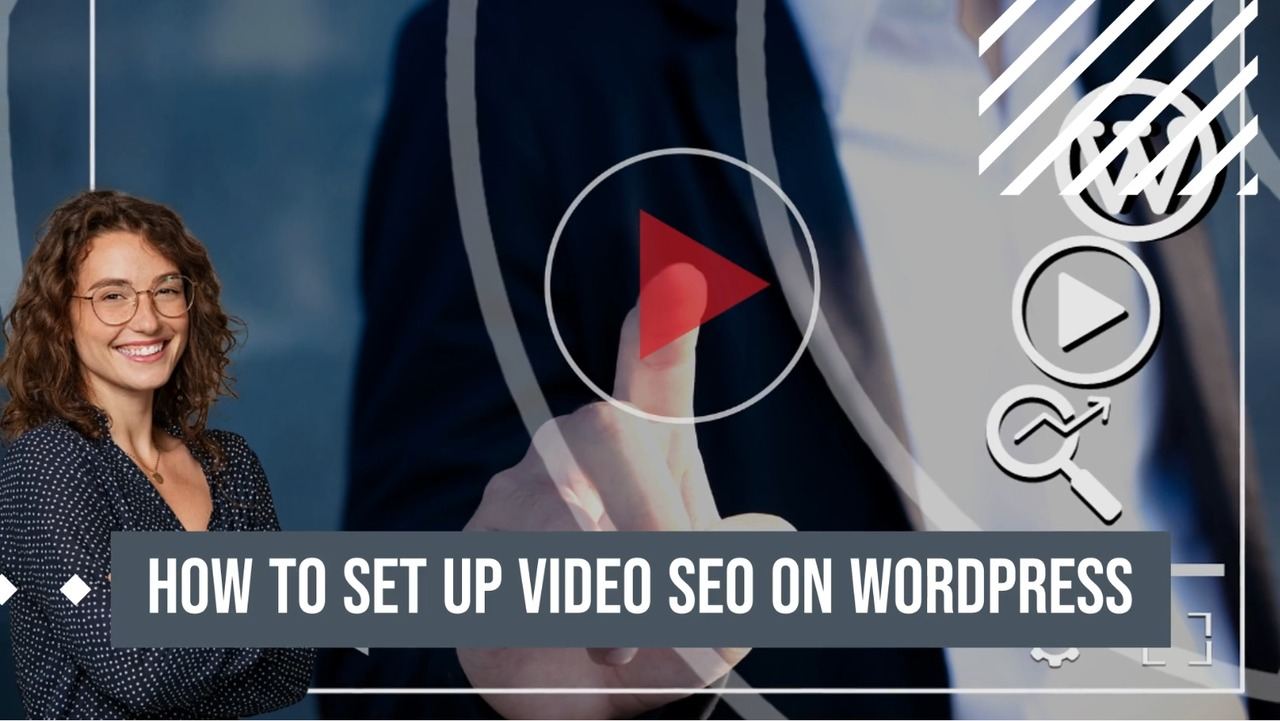You’re already producing quality content—whether it’s blogs, videos, or social posts—but are you turning that effort into revenue?
The harsh truth?
Great content alone doesn’t pay the bills.
Thousands of creators and marketers invest time and resources into their content only to fall short of consistent income. With competition rising and platforms shifting constantly, monetizing online content has become both an art and a science.
This guide is your playbook.
It breaks down proven monetization strategies—from ad revenue and affiliate marketing to subscriptions, product sales, and brand partnerships.
Whether you’re scaling a blog, growing a YouTube channel, or leading a content-driven business, these tactics are designed to help you:
- Identify the best monetization model for your niche and audience
- Diversify revenue streams to reduce risk
- Implement data-backed strategies that drive ROI.
Let’s get into the methods that top creators and marketers are using right now to turn online content into a serious revenue engine…
Choosing the Right Monetization Strategy
Before diving into specific tactics, it's critical to choose a monetization strategy that aligns with both your content and your audience.
A mismatched approach—no matter how popular—won’t drive sustainable revenue.
Here’s how to set a strong foundation:
Know What Your Audience Will Actually Pay For
Start by answering one core question:
- What type of value is your audience willing to invest in?
You don’t need to guess. Leverage:
- Surveys and polls to directly ask your community
- Analytics tools (like Google Analytics or YouTube Studio) to uncover high-engagement content
- Comment sections and DMs to identify recurring questions or pain points
Understanding what resonates gives you insight into what people are most likely to pay for—whether it’s exclusive content, personalized advice, or a physical product.
Match the Model to Your Niche
Not all monetization methods perform equally across content types.
Here’s a quick guide to choosing a model that complements your niche:
The closer the fit, the higher your chances of earning consistent revenue—and growing it.
Diversify to Stabilize (and Scale)
Putting all your eggs in one basket is risky. Algorithms change. Affiliate rates drop. Sponsorships dry up.
The solution? Build a monetization mix.
- A marketing blogger might combine affiliate links with digital course sales
- A YouTube creator might blend ad revenue, brand deals, and premium content on Patreon
- A consultant might offer live workshops, paid resources, and client services—all promoted through their content
By layering income sources, you reduce dependency on a single stream and create scalable growth opportunities.
Advertising Revenue: Earning Through Views and Clicks
If your content is pulling consistent traffic or generating strong engagement, advertising can be a straightforward entry point to monetization. It's low-friction, scalable, and fully passive once in place.
But to make it worth your time, you need the right approach—and the right platforms.
1. Display Ads: Turn Pageviews Into Payouts
Display advertising networks like Google AdSense, Mediavine, and AdThrive allow you to place ads on your website or blog.
You earn revenue based on:
- Impressions (CPM—cost per thousand views)
- Clicks (CPC—cost per click)
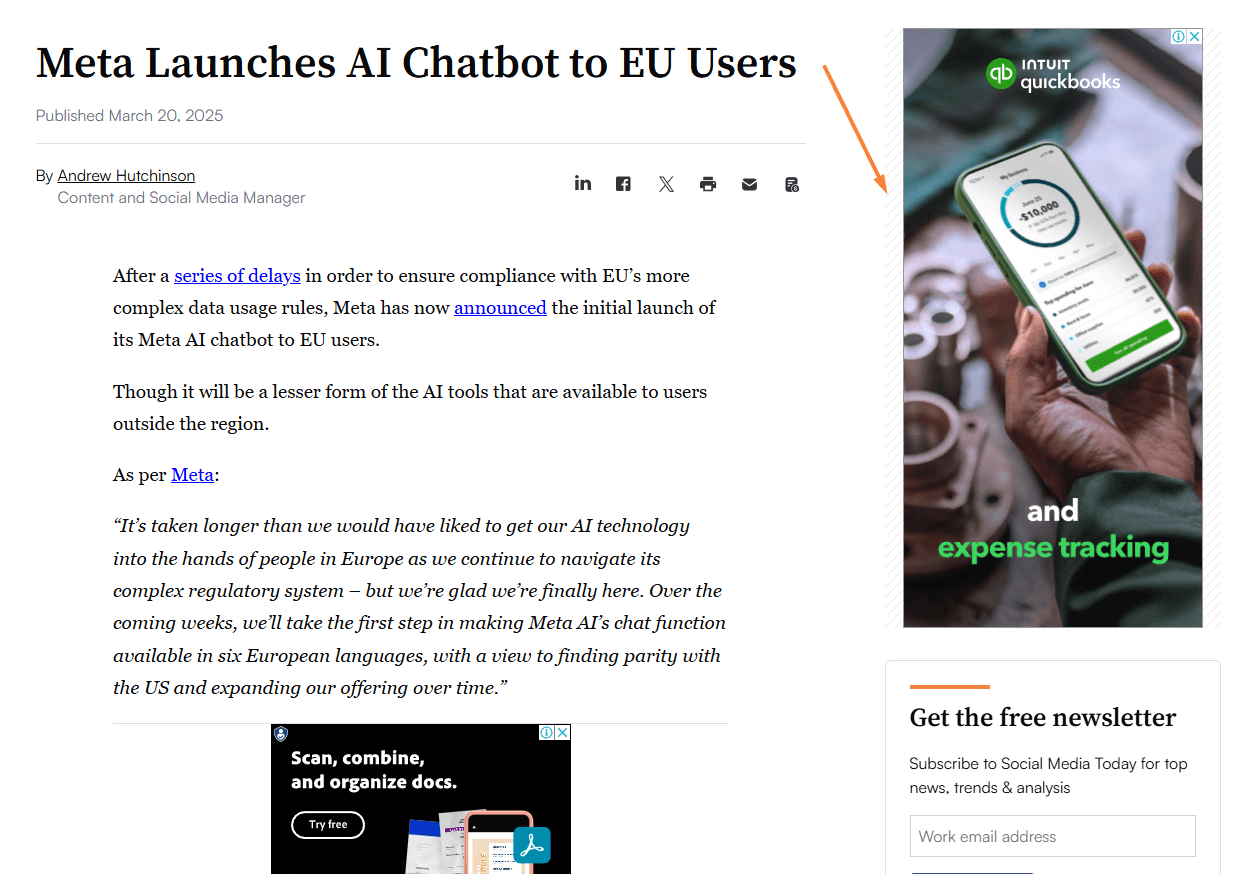
To maximize earnings:
- Optimize ad placement for visibility without overwhelming the user experience
- Focus on SEO and traffic growth to increase pageviews over time
- Test ad formats (native, in-content, sidebar) to see what performs best
Once your monthly sessions hit 50,000+, consider switching to higher-paying networks like Mediavine or AdThrive—they offer significantly better RPMs (revenue per thousand impressions) than AdSense.
2. YouTube Ad Monetization: Tap Into Video Revenue
If you’re producing video content, YouTube offers a powerful monetization ecosystem via the YouTube Partner Program (YPP).
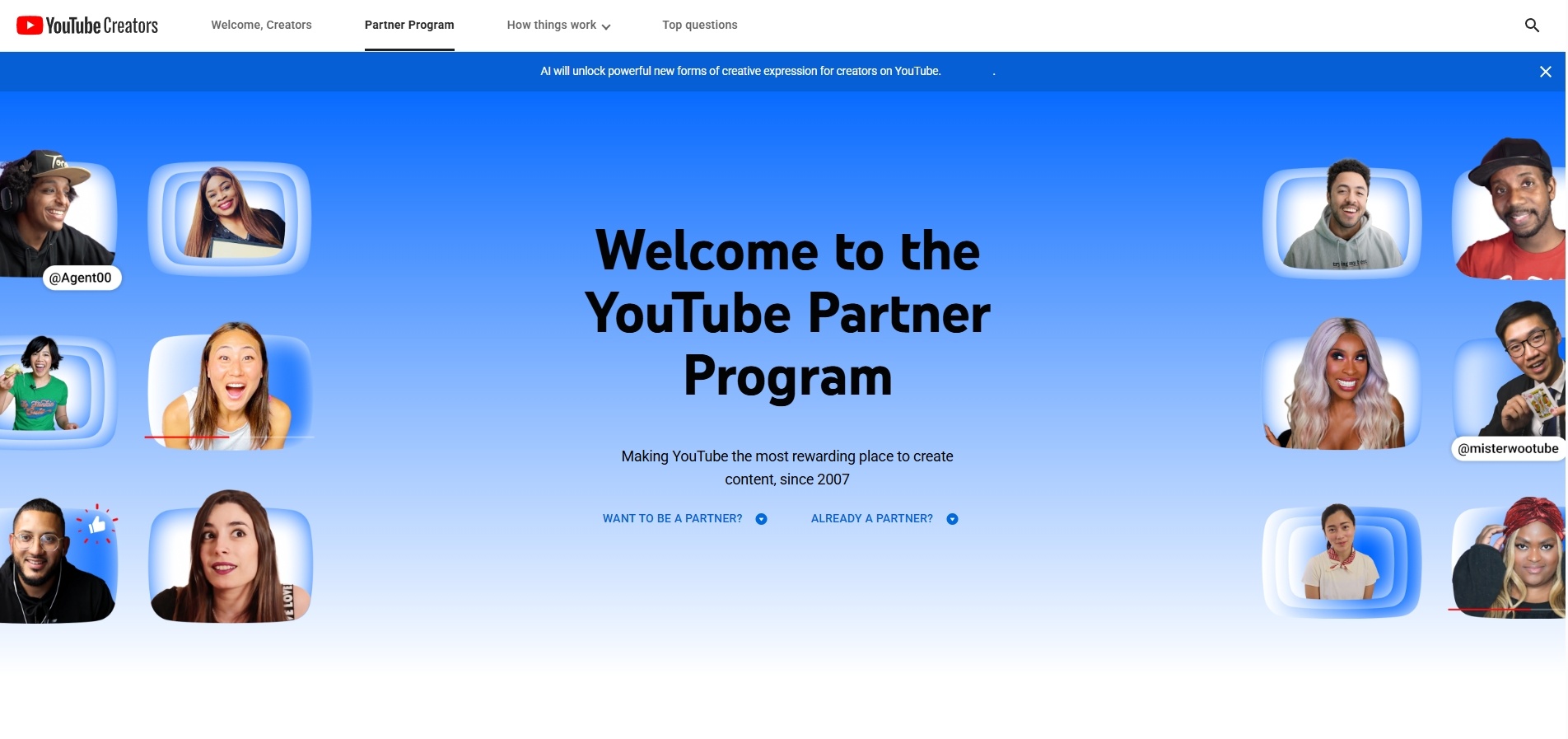
Here's a quick eligibility snapshot:
Tier 1: Fan Funding Features
- 500 subscribers
- 3,000 watch hours or 3M Shorts views in 90 days
- 3 public uploads in the last 90 days
Tier 2: Full Monetization (Includes Ad Revenue)
- 1,000 subscribers
- 4,000 watch hours or 10M Shorts views in 90 days
Once you’re in, you can earn from:
- Pre-roll and mid-roll ads
- Shorts ad revenue sharing
- Super Chats, Super Stickers, and Channel Memberships
Optimize your video titles and thumbnails to boost click-through rates (CTR)—the higher your watch time and engagement, the more your videos get recommended (and monetized).
3. Private Sponsorships: Skip the Middleman and Earn More
Instead of relying solely on ad networks, you can pitch direct sponsorships to brands in your niche. This approach offers:
- Higher payouts (since there's no platform cut)
- More control over the messaging and brand alignment
- Deeper partnerships with potential for long-term revenue
To get started:
- Build a media kit with audience demographics, traffic stats, and engagement metrics
- Pitch companies that share your audience and values
- Set clear expectations for deliverables, timelines, and rates
Authenticity matters. Promote only those products or services you genuinely believe in—your audience can spot a cash grab from a mile away.
Affiliate Marketing: Leveraging Product Recommendations
Affiliate marketing is one of the most versatile—and profitable—ways to monetize online content.
Why?
Because you earn by recommending products your audience already wants.
It’s low-risk, high-reward, and scales with your content growth.
How Affiliate Marketing Works
At its core, affiliate marketing is simple:
Whether you’re reviewing tools, curating buying guides, or integrating links into tutorials, affiliate revenue rewards you based on performance—not pageviews.
During Cyber Monday 2024, affiliate marketers were responsible for over 20% of U.S. e-commerce revenue, highlighting the massive potential of this strategy.
Top Affiliate Networks for Content Creators
To start, you’ll need to join affiliate programs that align with your niche. Here are some high-performing options:
- Amazon Associates—ideal for nearly any niche due to its massive product catalog
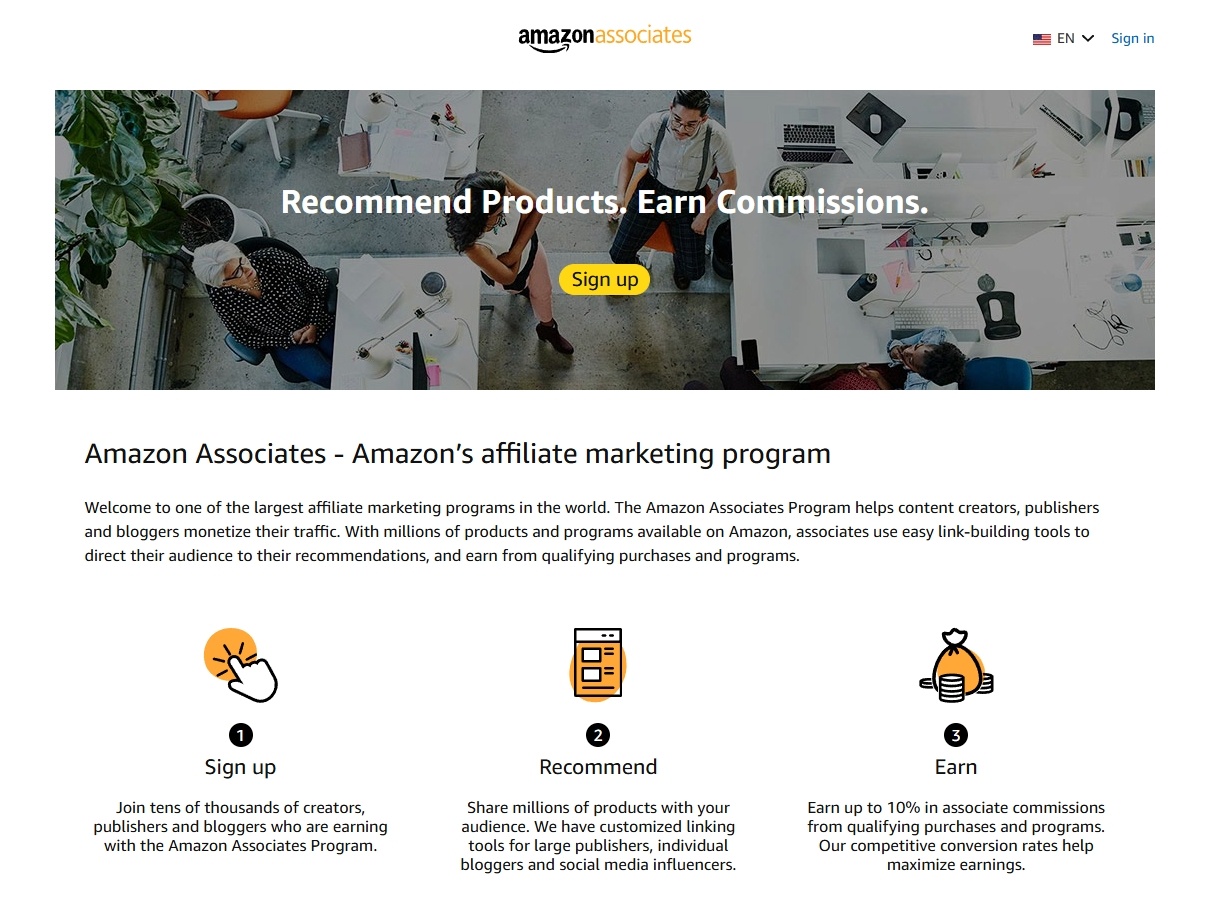
- ShareASale—offers access to thousands of merchants across diverse industries
- CJ Affiliate (formerly Commission Junction)—connects you with top-tier brands and high-paying programs
- Impact—popular with DTC and SaaS brands, with robust tracking tools
Focus on promoting products your audience already needs or searches for. Relevance = clicks = conversions.
Maximize Your Affiliate Earnings With Smart Content
It’s not just about the links—it’s how you use them. High-converting affiliate content includes:
- In-depth product reviews that build trust
- Comparisons or roundups (e.g. “Top 5 Tools for Content Repurposing”)
- Tutorials or case studies that show the product in action
- Email sequences with targeted recommendations.
And always disclose your affiliate relationships clearly, as required by the FTC. A simple note like “This post contains affiliate links. I may earn a commission if you purchase through them—at no extra cost to you.” builds transparency and trust.
Use strong calls to action near your affiliate links—think “Try this tool for free” or “Get 20% off today.”
Subscription-Based Models and Memberships
Looking to generate consistent, recurring income from your content? Subscriptions and memberships are a proven way to monetize online content while deepening audience loyalty.
When you offer exclusive access to premium content or experiences, your most engaged followers will happily pay to stay close to your brand.
Why Subscriptions Work (Especially for Experts and Niche Creators)
Unlike one-off sales or unpredictable ad revenue, subscription models offer:
- Predictable monthly income
- Higher lifetime customer value (LTV)
- A loyal, engaged community that values your insights
Whether you’re sharing exclusive tutorials, insider strategies, or behind-the-scenes content, subscribers pay for access—and connection.
Successful subscription creators don’t just sell content—they sell transformation, access, or belonging.
Best Platforms to Launch a Paid Membership
Here are a few standout platforms, depending on your format and audience:
- Patreon—ideal for creators offering bonus videos, Q&As, or early access to content
- Substack—perfect for writers and newsletter creators who want to monetize insights
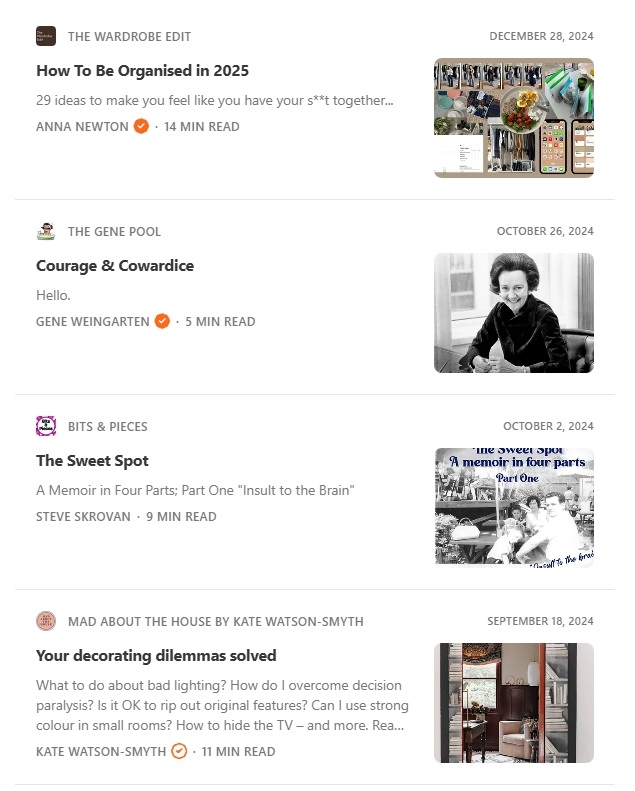
- YouTube Memberships—built-in for creators already growing on YouTube
- Memberful / Circle.so / Mighty Networks—great for private communities or structured learning hubs
Choose a platform that complements how your audience consumes your content—whether that’s reading, watching, or interacting.
Offer Real Value Behind the Paywall
The success of your subscription depends on what’s inside. Ask yourself: What can I offer that free content doesn’t?
High-performing membership perks include:
Use automated onboarding emails to welcome new members, highlight the value they’re getting, and encourage immediate engagement.
Selling Digital Products and Courses
If you’ve built authority in your niche, selling digital products is one of the most scalable and profitable ways to monetize online content.
You create once—and sell infinitely, with zero inventory and minimal overhead.
Why Digital Products Deliver High ROI
Unlike physical goods, digital products:
- Have virtually no production or shipping costs
- Can be updated or repurposed easily
- Scale with your audience—no limits on how many you can sell
For marketers, coaches, and content creators, this turns your knowledge into a revenue engine.
A marketing strategist who blogs about lead generation could package their insights into a downloadable workbook or course—creating passive income from content they’re already producing.
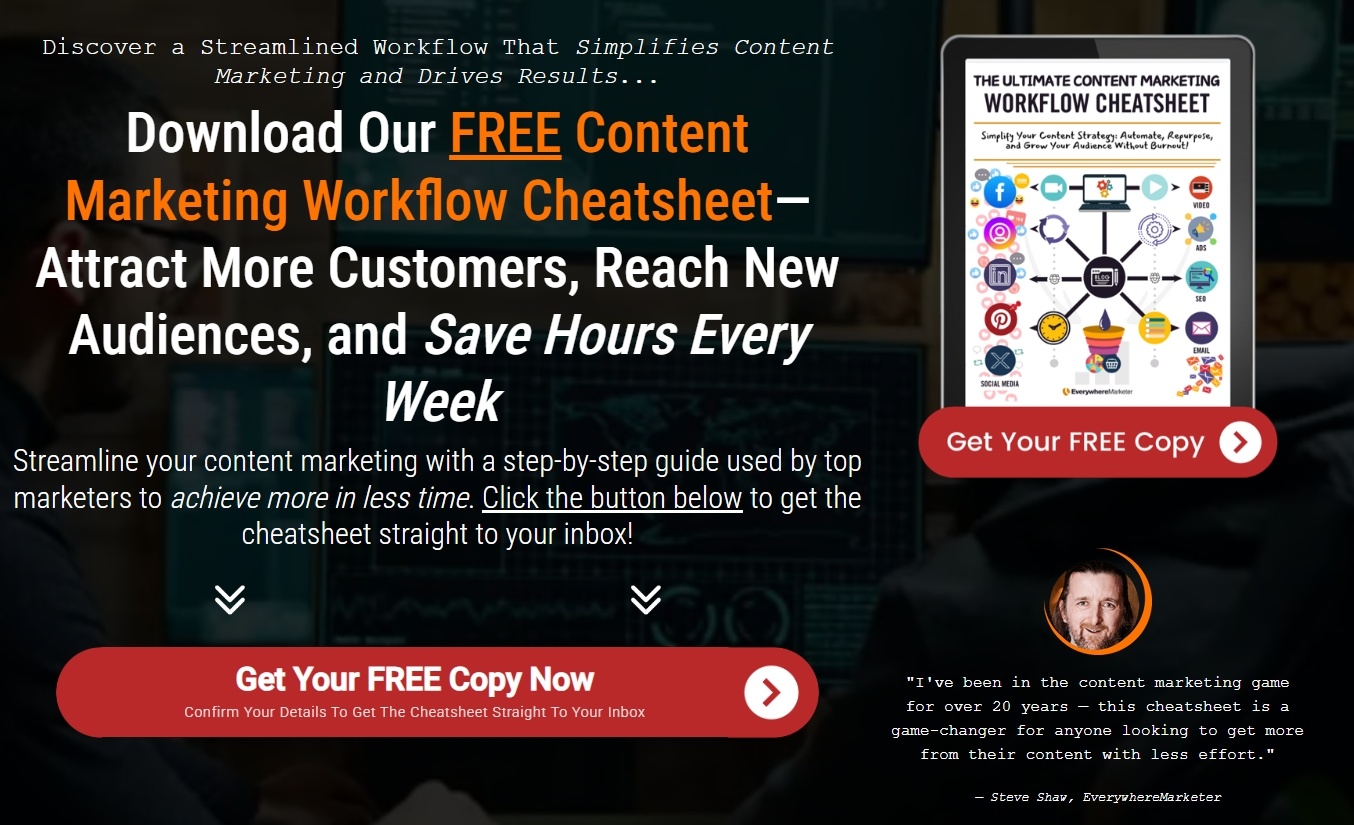
High-Converting Digital Products to Consider
Not sure what to offer?
Focus on solving a clear problem or delivering a specific outcome.
Top-performing formats include:
A social media strategist could launch a branded content calendar app with tiered pricing and team access.
Bundle products for added value (e.g., “Content Repurposing Toolkit + Mini Course”) to increase average order value.
Choose the Right Platform for Your Product Type
Your platform choice should support both content delivery and ease of purchase. Leading options include:
- Gumroad—great for e-books, templates, and minimal setup
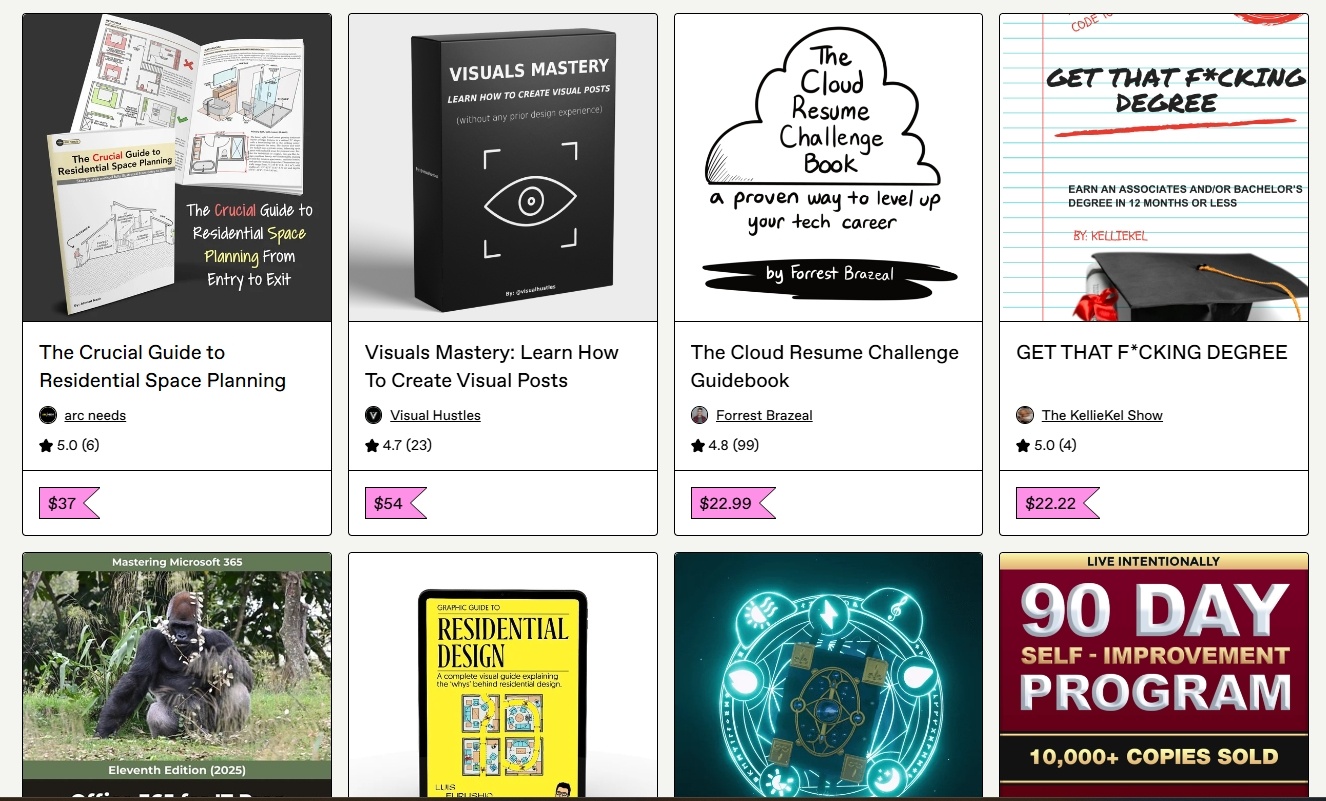
- Teachable—built for structured video courses with quizzes and certificates
- Thinkific—offers more customization for premium course delivery
- Kajabi—an all-in-one solution for digital products, funnels, and email marketing.
Use lead magnets to build your email list and then upsell your digital product—creating a smooth, conversion-optimized funnel.
One-Time Purchase or Subscription? Choose What Fits
There are two primary models for digital product sales:
Match the pricing model to the perceived and ongoing value of the product.
Sponsored Content and Brand Collaborations
Sponsored content is one of the most direct and high-value ways to monetize online content—especially when you’ve built a loyal, engaged audience that trusts your recommendations.
But it’s not just about getting paid to post. It’s about creating partnerships that align with your brand and deliver genuine value to your audience.
Partnering With Brands That Align With Your Content
Successful sponsorships are built on alignment, not reach. A smaller but highly targeted audience can be more valuable to a brand than a massive, untargeted one.
Here’s how to secure meaningful collaborations:
- Proactively reach out to brands you already love and use
- Tailor your pitch by highlighting:
- Audience demographics and interests
- Engagement rates and relevant performance metrics
- Past partnerships or campaign results (if available)
- Suggest creative ideas that go beyond a generic post—think custom tutorials, product reviews, or integrated series
Create a simple media kit or sponsorship page to make it easy for brands to work with you.
How to Price Sponsored Content Fairly (and Confidently)
Pricing can be tricky—but your time, reach, and influence have value.
Consider:
Benchmark against industry data, but don’t undervalue your platform. Sponsored content often has a higher ROI for brands than paid ads, especially when delivered authentically.
Package deliverables (e.g., “1 blog post + 3 social shares”) to increase perceived value and simplify pricing.
Creating Sponsored Content That Feels Authentic
Audiences can tell the difference between a genuine recommendation and a cash grab.
To maintain trust and performance:
- Only promote products you’d personally recommend
- Make the content useful—educational, entertaining, or inspiring
- Disclose the sponsorship transparently (it’s a legal requirement and a trust-builder)
Share a personal story or experience with the product. Context builds credibility—and conversions.
Monetizing Through Live Events and Webinars
Live events and webinars are more than engagement tools—they’re high-impact revenue generators.
Whether you're teaching, selling, or connecting with your audience in real time, these experiences can drive both short-term income and long-term loyalty.
Here’s how to make them profitable.
Host Paid Webinars and Workshops That Deliver Real Value
If you’re an expert in your space, chances are your audience will pay to learn from you directly—especially when the session is tailored, actionable, and interactive.
- Industry deep-dives (e.g., “How to Build a 6-Figure Funnel in 2025”)
- Live training sessions (e.g., content planning, analytics, automation)
- Niche skill workshops (e.g., B2B cold email copywriting, SEO audits)
73% of marketers say webinars are one of the best ways to generate qualified leads—and they can easily be monetized with premium pricing.
Sell Event Tickets (Virtual or In-Person)
Take it further by running live events with a broader agenda—think mini-conferences, summits, or training series.
You can charge for:
- General access to sessions or speakers
- VIP upgrades (e.g., bonus Q&As, digital workbooks, replays)
- Group or corporate packages
A series of 31 virtual accounting training sessions generated over €41,000 in revenue—proof that niche-focused events can scale fast.
Upsell During Events Without Being Salesy
Live events are also a powerful channel to promote your other products or services. The key? Position the offer as the natural next step.
During your session, you can:
- Highlight your online course, consulting package, or digital product
- Offer exclusive discounts for attendees
- Bundle the recording with additional bonuses to drive urgency
End with a compelling CTA slide and follow up with a time-sensitive email offer.
Leveraging E-commerce and Merchandising
If you’ve built a recognizable brand or loyal audience, e-commerce is a powerful next step.
Branded merchandise and physical products not only create new income streams—but also turn fans into advocates.
Here’s how to monetize your influence with merch that sells.
Sell Branded Merchandise Your Audience Actually Wants
Start with items that align with your brand personality and audience lifestyle. Popular options include:
- T-shirts, hoodies, and hats
- Mugs, water bottles, and stickers
- Posters, journals, or tote bags
But don’t just slap a logo on a tee—design with purpose. Use slogans, visuals, or concepts your audience already connects with from your content.
Use print-on-demand platforms like Printful, Printify, or TeeSpring to launch with zero inventory and minimal risk.
Integrate E-commerce Seamlessly Into Your Content Strategy
Merch and physical products shouldn’t feel like a separate business—they should be part of your brand ecosystem. Integration tips:
- Add product links or shop banners to high-traffic blog posts or video descriptions
- Feature new drops in your email newsletter or community space
- Showcase your merch in your own content (wear it, use it, unbox it)
- Shopify—best for standalone e-commerce sites with full customization
- WooCommerce—great for WordPress users
- Big Cartel—lightweight and creator-friendly
Use Limited-Edition Drops to Create Urgency
Nothing drives action like scarcity. Time-limited or quantity-limited product drops can:
- Spark FOMO and boost sales velocity
- Give your community something special to rally around
- Turn launches into share-worthy moments across social channels
Tease your drop in advance with behind-the-scenes content or countdowns to build anticipation.
Measuring Success and Optimizing Your Monetization Strategy
Monetization isn’t “set it and forget it.”
The most profitable content creators treat it like a campaign—measuring performance, analyzing data, and continuously refining their approach.
Here’s how to ensure your monetization strategy isn’t just active, but optimized.
Track the Metrics That Matter Most
Not all numbers are created equal. Focus on KPIs that reflect both revenue generation and long-term growth.
Key metrics include:
- Revenue per user or subscriber—how much each person is worth over time
- Conversion rates—from views to clicks, from clicks to purchases
- Customer retention—especially important for subscriptions or memberships
- Content ROI—how much income each content asset generates compared to its creation cost.
If a blog post or video has high traffic but low conversions, it may need better CTAs or monetization placement—not more promotion.
Use Analytics to Pinpoint What’s Working
Go beyond vanity metrics. Use platform-specific and cross-channel tools to uncover what content and monetization channels perform best:
- Google Analytics—identify top-performing pages and referral sources
- YouTube Studio—monitor watch time, revenue by video, and subscriber trends
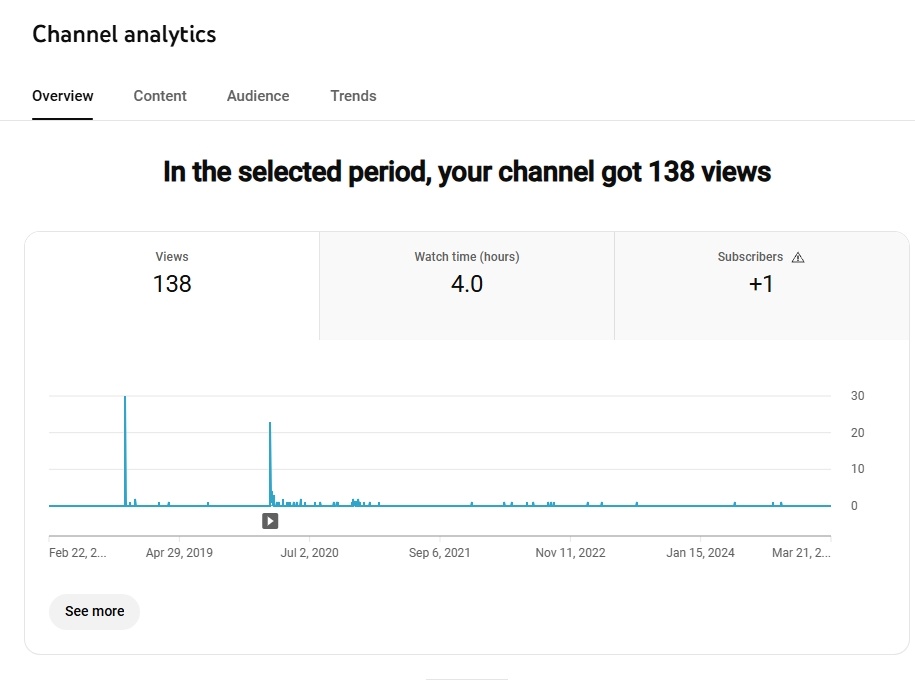
- Email marketing platforms—track open rates, click-throughs, and sales from campaigns
- Affiliate dashboards—see which products, content formats, or links drive the most commissions.
Look for content clusters that convert well, then create more like them—or build complementary offers around them.
Test, Iterate, and Scale What Works
Every monetization channel has room for improvement.
Adopt a testing mindset:
- Try different pricing models (e.g., one-time vs. recurring)
- A/B test product pages, CTAs, or email subject lines
- Experiment with content formats—video, live, long-form, interactive
Treat every campaign as a learning opportunity. Document results, apply insights, and double down on what delivers.
Frequently Asked Questions
What type of value is your audience willing to invest in?
Understand audience preferences through surveys, analytics, and community interactions to offer valuable content they are likely to pay for.
How can I maximize earnings from display ads?
Enhance ad revenue by optimizing placement, focusing on SEO, increasing traffic, and testing various ad formats.
Why should I diversify my monetization mix?
Diversifying revenue streams reduces risk and creates scalable growth opportunities by not relying on a single income source.
What are the benefits of affiliate marketing for content creators?
Affiliate marketing rewards based on performance, aligns with audience interests, and can generate significant revenue with low risk.
How can I create authentic sponsored content?
Maintain trust and engagement by promoting only products you believe in, offering useful content, and clearly disclosing sponsorships.
To Conclude
There’s no one-size-fits-all approach to monetizing online content—but waiting for the “perfect” strategy won’t move the needle.
The most successful content creators don’t rely on a single revenue stream. They experiment, diversify, and refine. You can do the same.
Start with one approach that fits your audience and your strengths. Test it. Tweak it. Then build from there.
Choose a monetization method and put it into play. The sooner you start, the sooner your content starts paying you back.


